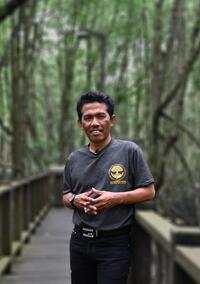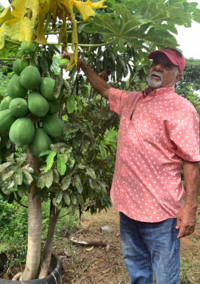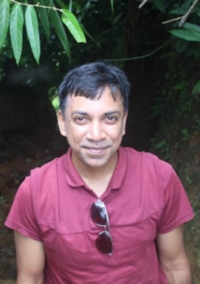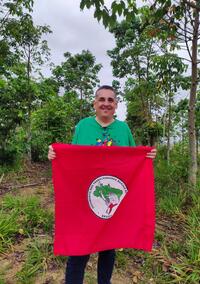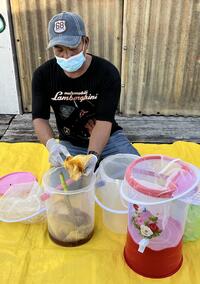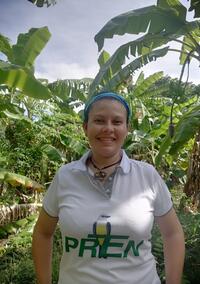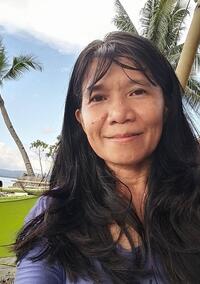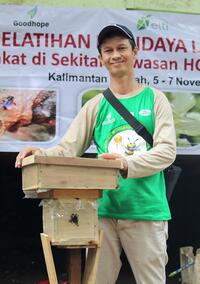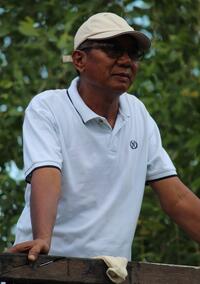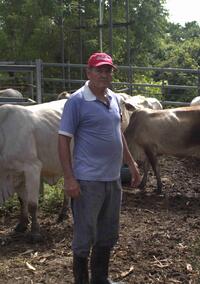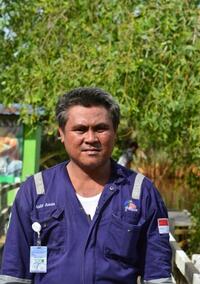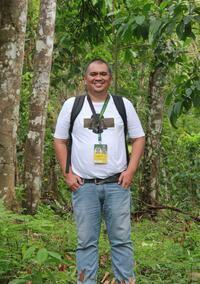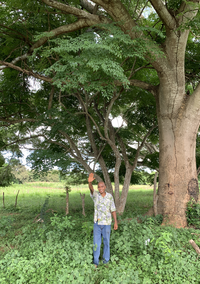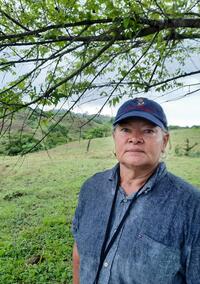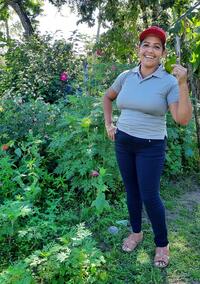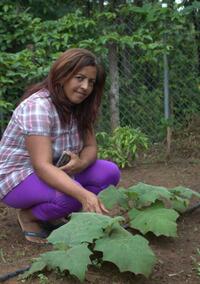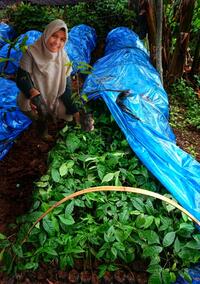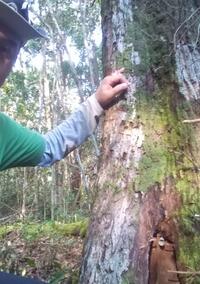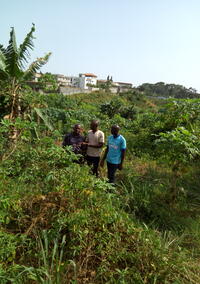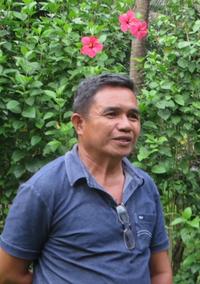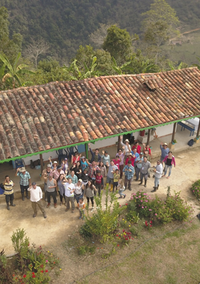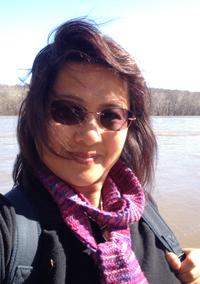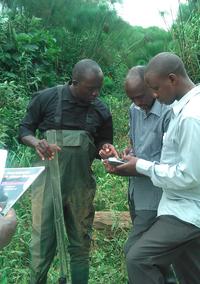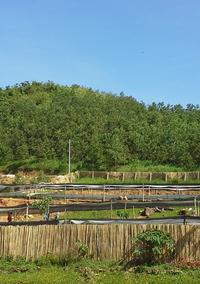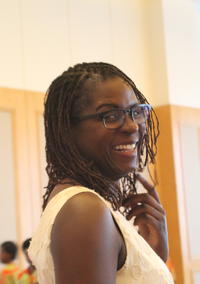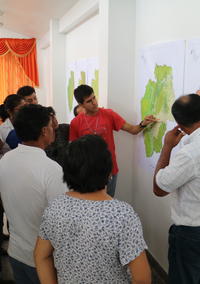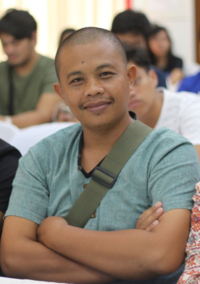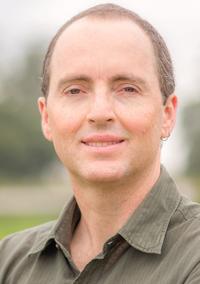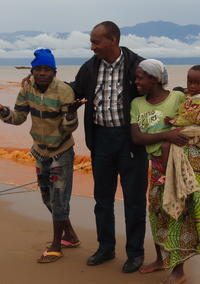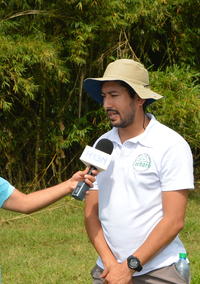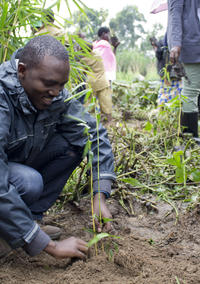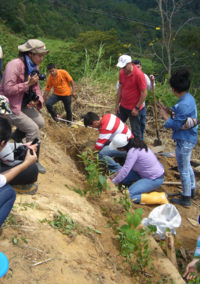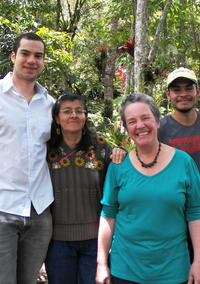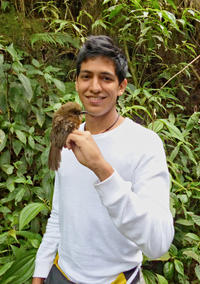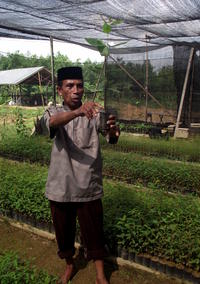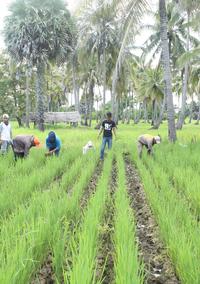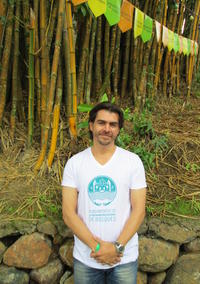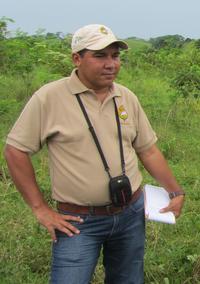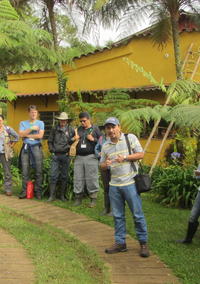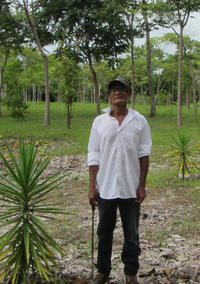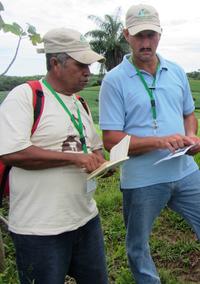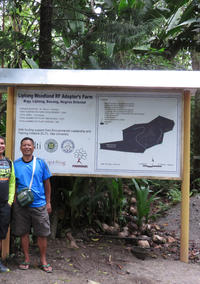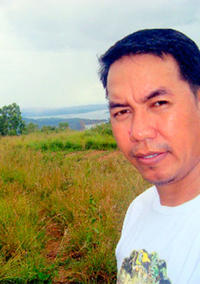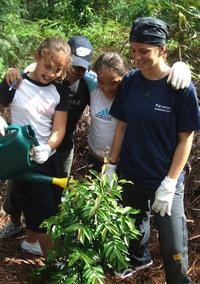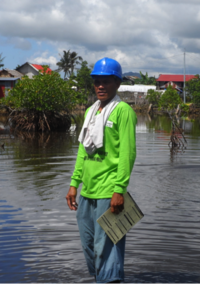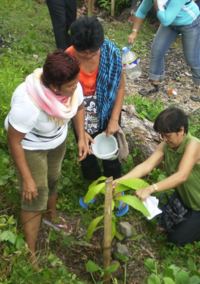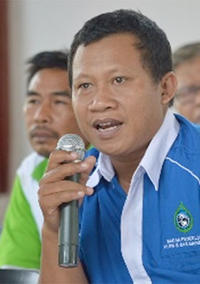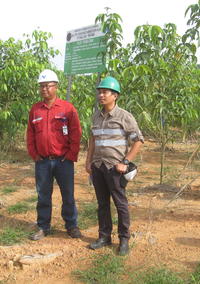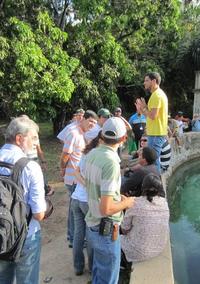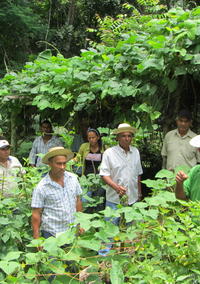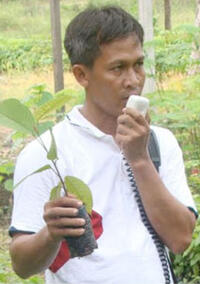You are here
Restoring the Rich Forests of Negros Island in the Philippines
The island of Negros in the Philippines was famous in colonial times for its biodiverse dipterocarp forests where towering hardwoods sheltered rare endemic animals and provided important ecosystem services to its residents. But over the last 150 years, the primary forest cover of the island has been decimated due to logging, sugar cane plantations and agriculture.
ELTI alumnus Sabiniano is a strong advocate for the restoration of Negros’ forests using native trees species, a practice known in the Philippines as “Rainforestation.” He was first introduced to Rainforestation through a training given by two ELTI alumni and then became a Rainforestion trainer himself through a course offered by ELTI and the Visayas State University (VSU).
Sabiniano grew up in a typical farming family on Negros. His family used to clear forest patches to plant corn and root crops, to shift between farm plots every several years and to value the forest mainly as a source of lumber. After becoming a pastor at the local Baptist Church and a councilor of the local legislative body in Guihulngan City, he never thought he would return to farming.
But when he received a piece of land that had reverted to forest as a wedding gift from his father, Sabiniano decided to return to his agricultural roots. He hired a local worker to help prepare the farm but was shocked to find every tree cut down and the land left barren. Despite his agricultural roots, Sabiniano had come to value the forest trees of Negros.
Sabiniano cemented his belief in the ecological value of forestlands through the ELTI alumni-led training and ELTI-VSU course he took. He learned that forests are important for local communities as they help contain soil erosion, protect against floods and provide forests products. He also learned how to build a native tree nursery and develop a Rainforestation site. Several months after the course, Sabiniano invited colleagues from the ELTI alumni-led Rainforestation training to collect seeds and seedlings from a remnant forest patch near his house to establish their own tree nurseries.
My Rainforestation efforts are geared towards bringing back the forest. I will never cut the trees I have planted and will protect them until my last days.
Sabiniano Atoy
In his roles as pastor and Barangay Councilor, Sabiniano has become a strong advocate for Rainforestation. Sabinano has also formed the Guihulngan Environmental Conservation Team, a group of 25 youths and professionals that engages with local schools, universities and other groups to raise awareness and plant trees. Back at his own farm, he continues his efforts to train his community, to create a botanical garden and to restore forestlands.
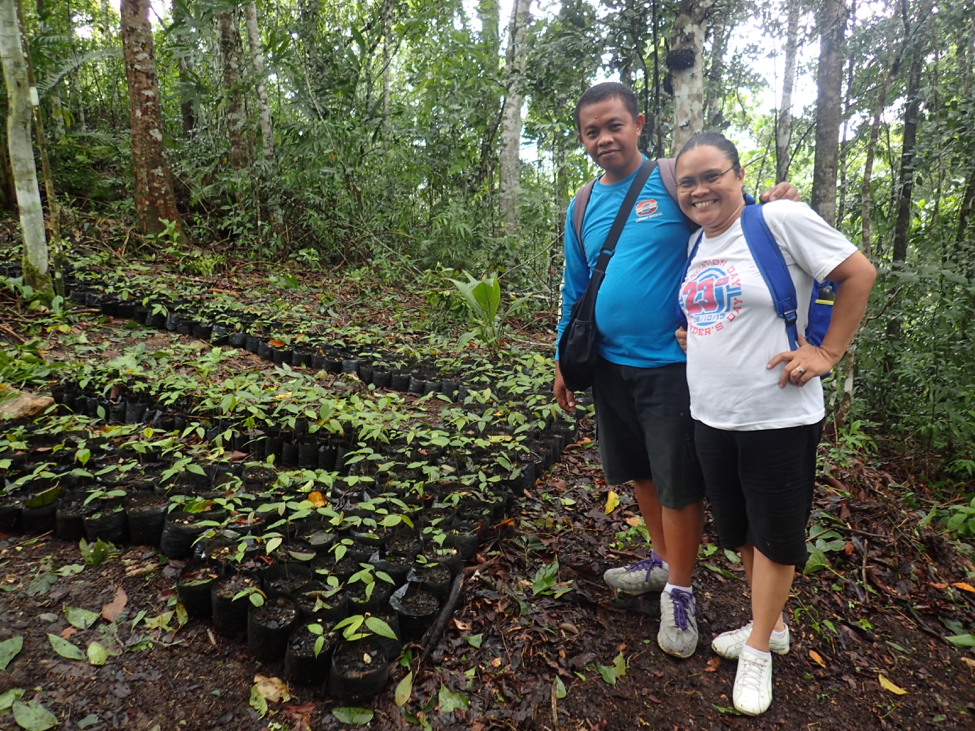
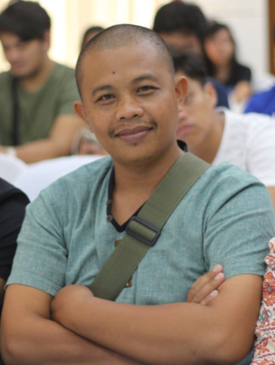
Acknowledgements
Sabiniano would like to thank Judith Alpuerto and the Hays Skul Batch 70 for organizing the introduction to Rainforestation.






